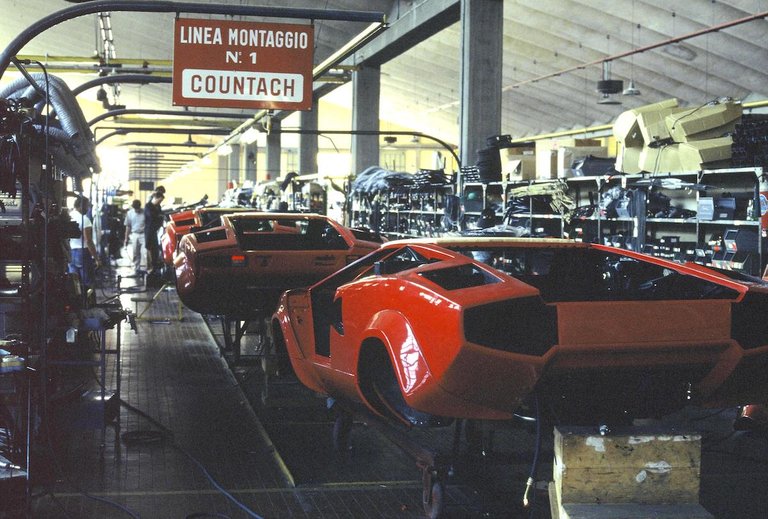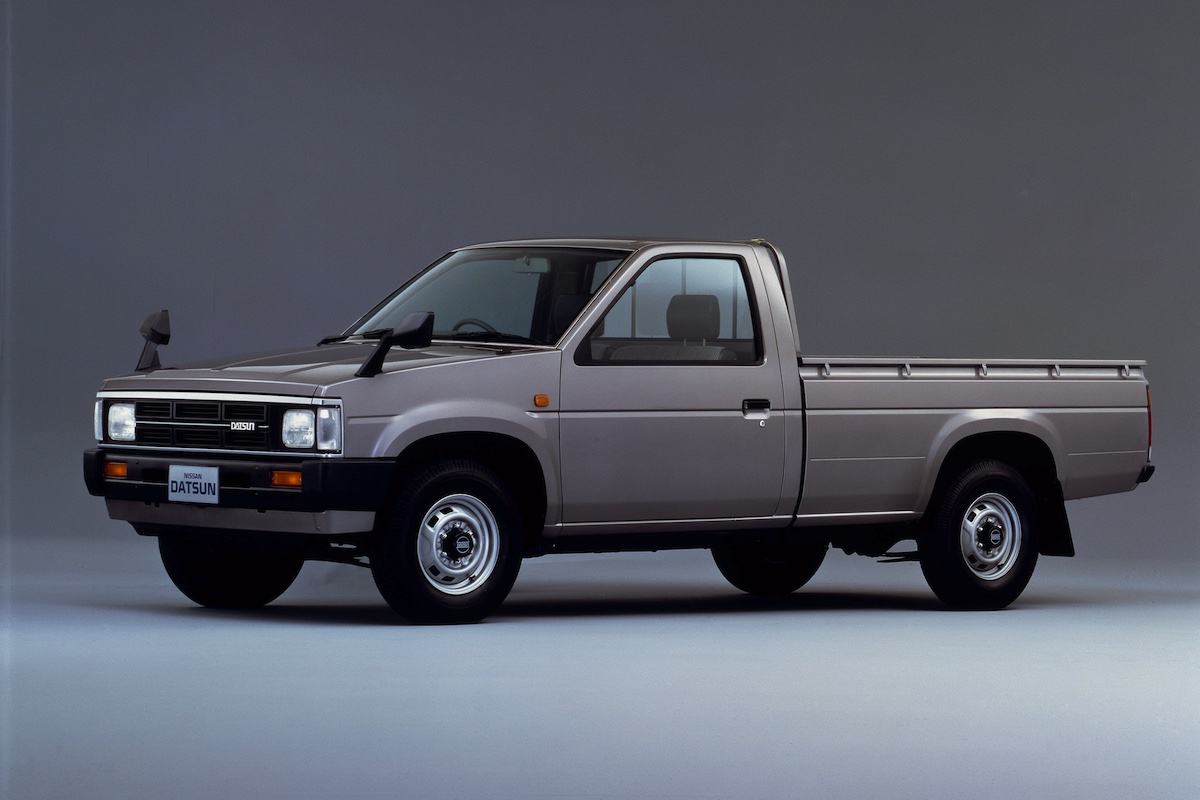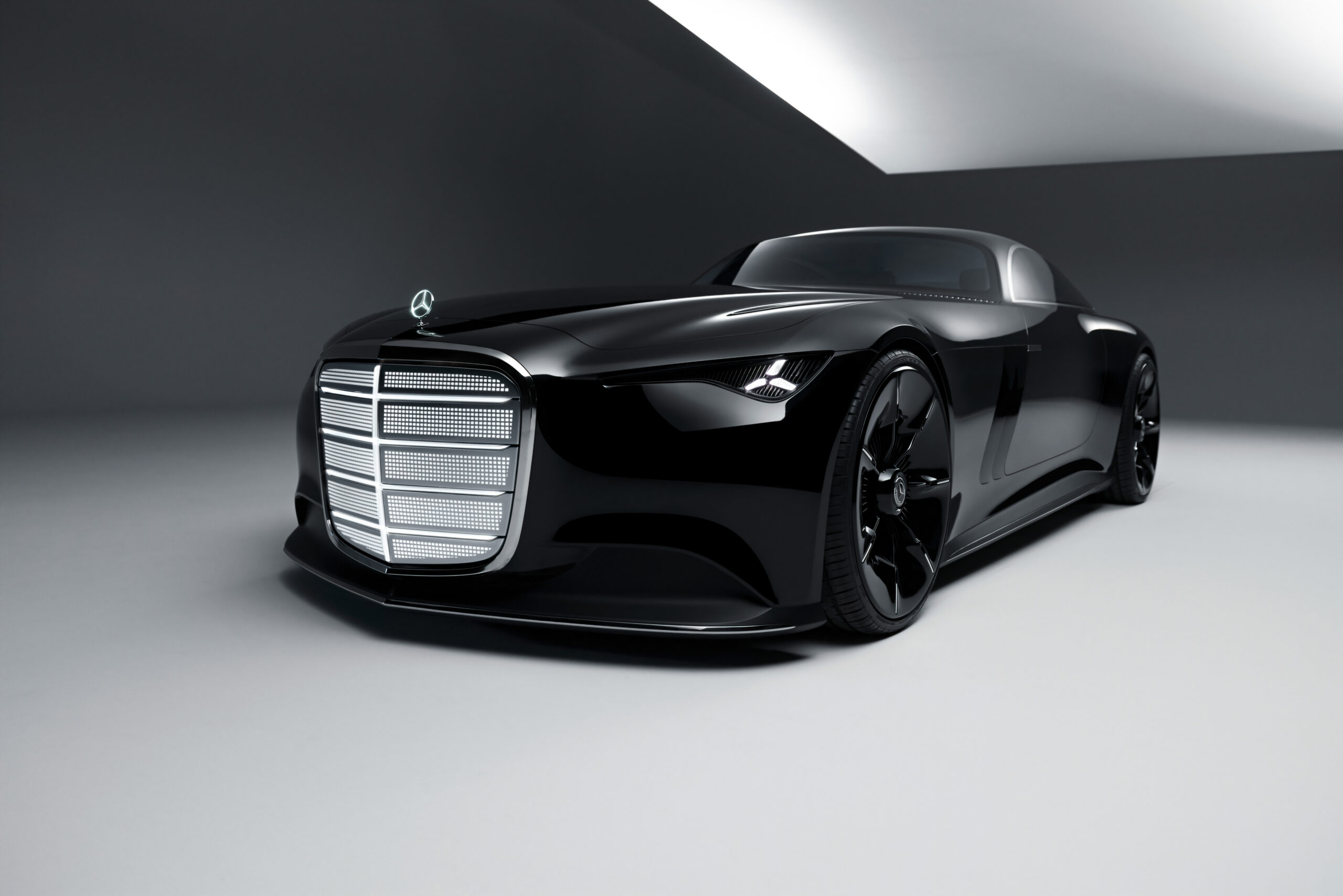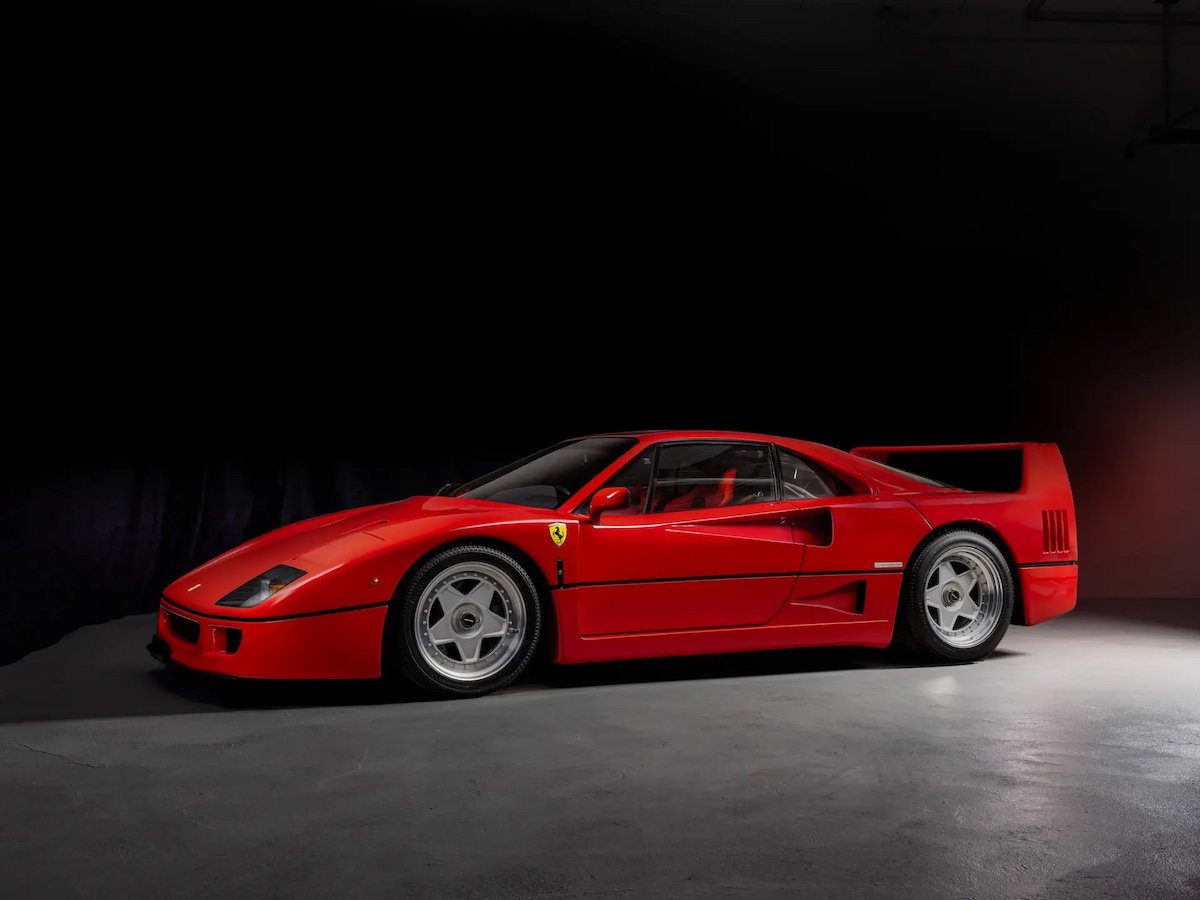The Countach was the first Lamborghini model to have bodywork produced in-house (Image: Lamborghini)
This year marks the 50th since the Lamborghini Countach first entered production, and there’s a very good chance there was a poster of this iconic supercar on your bedroom wall at some stage in life.
Now, thanks to images shared by the company and archive footage shared by Top Gear, we’ve been afforded a look at just what went into building one of the most recognisable cars ever made.
Just 1999 examples of the Countach were produced across its 16-year production run, with all of them hand-built on a dedicated production line.

A total of 1999 examples of the Countach were built during its 16-year production run (Image: Lamborghini)
Since this was the first Lamborghini to have bodywork produced in house, with the mechanicals coming from Sant’Agata Bolognese as always, the newly required facilities were certainly far simpler then than they are today.
Given the low-volume production, things such as the Bertone-designed metal bodywork was hand-beaten and checked using wooden templates. As you can imagine, this means no two Countach examples are as identical as they may appear.
Although it entered production in 1974, it was three years earlier at the Geneva Motor Show that it was first unveiled to the public, with the overwhelmingly positive response ensuring it was approved for production soon after.

All Countach models featured a naturally aspirated V12 engine, ranging from 4.0 to 5.2 litres (Image: Lamborghini)
The earliest Countach LP 400 was a smaller and sleeker car, with its 1887mm width soon eclipsed by the LP 400 S and all subsequent versions which were widened to 2000mm thanks to its iconic flared wheel arches. The one on your bedroom wall poster was likely one of these later cars, and probably one with that unmissable rear wing as well.
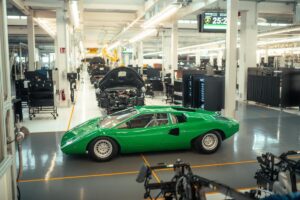
The same production line is still used today, although the processes are far more refined (Image: Lamborghini)
Originally starting in life with a 4.0-litre naturally aspirated V12, that engine later grew to 4.8 and then 5.2 litres, the latter also featuring four valves per cylinder. That’s the engine fitted to the one built in the footage below – the very last Anniversary model to be made.
Today, the same production line established for the Countach is where the Revuelto is built, although I’m guessing the bodywork won’t be hand-hammered this time around.

